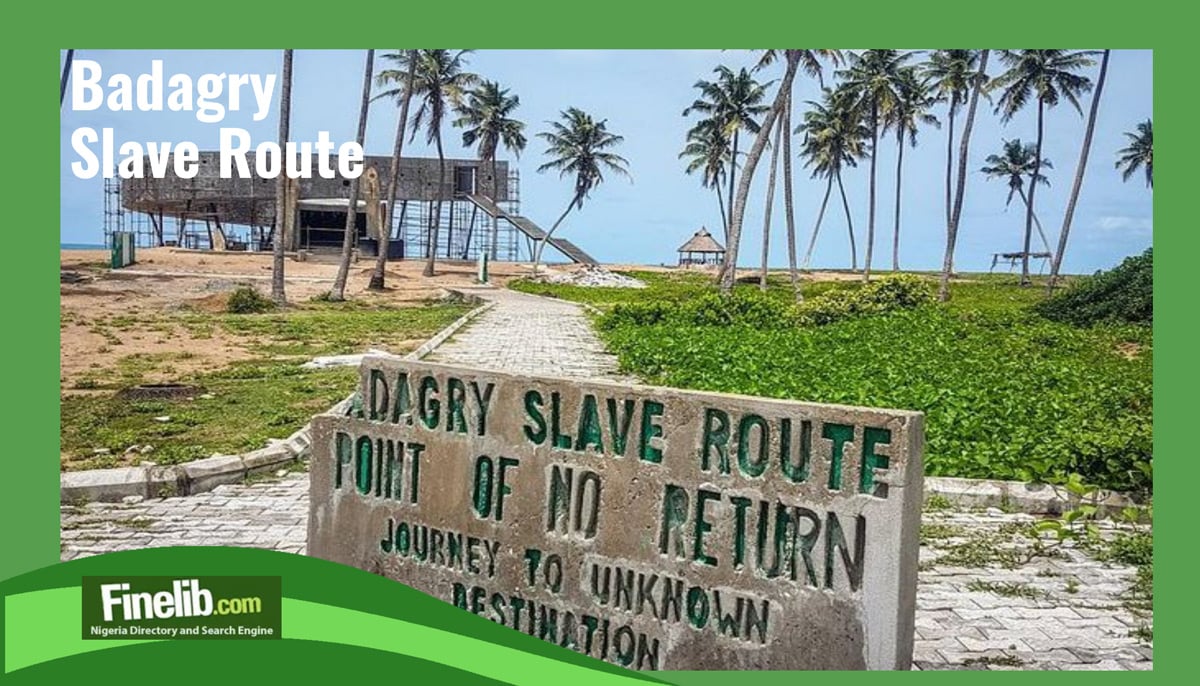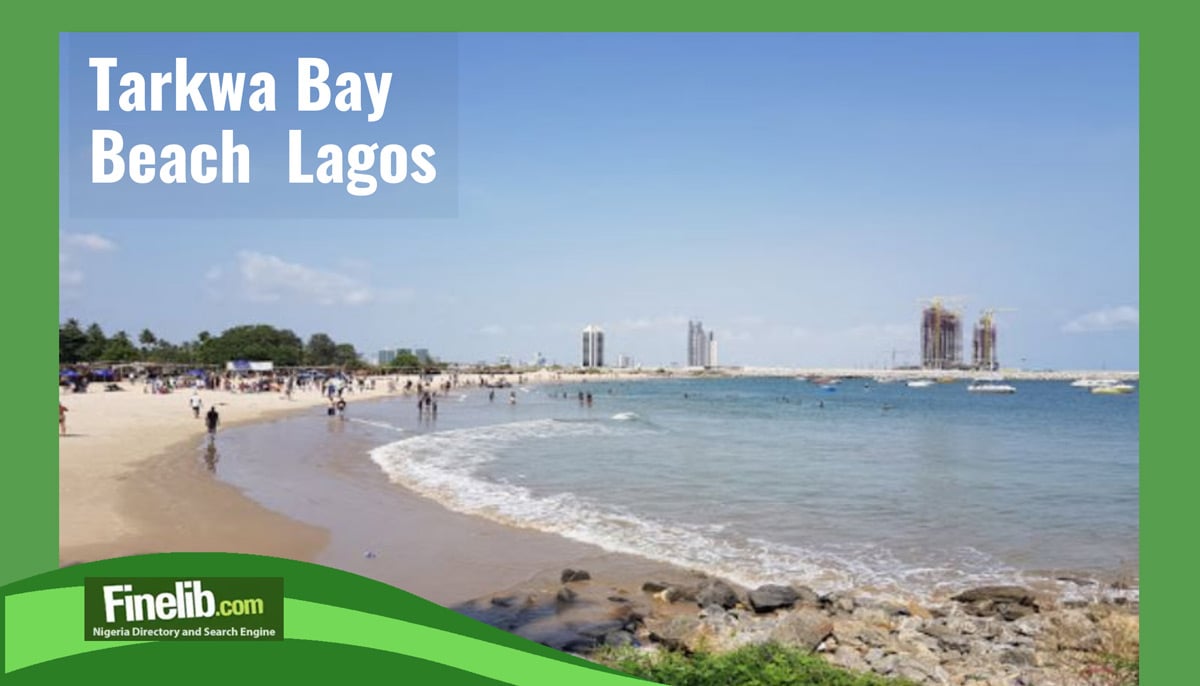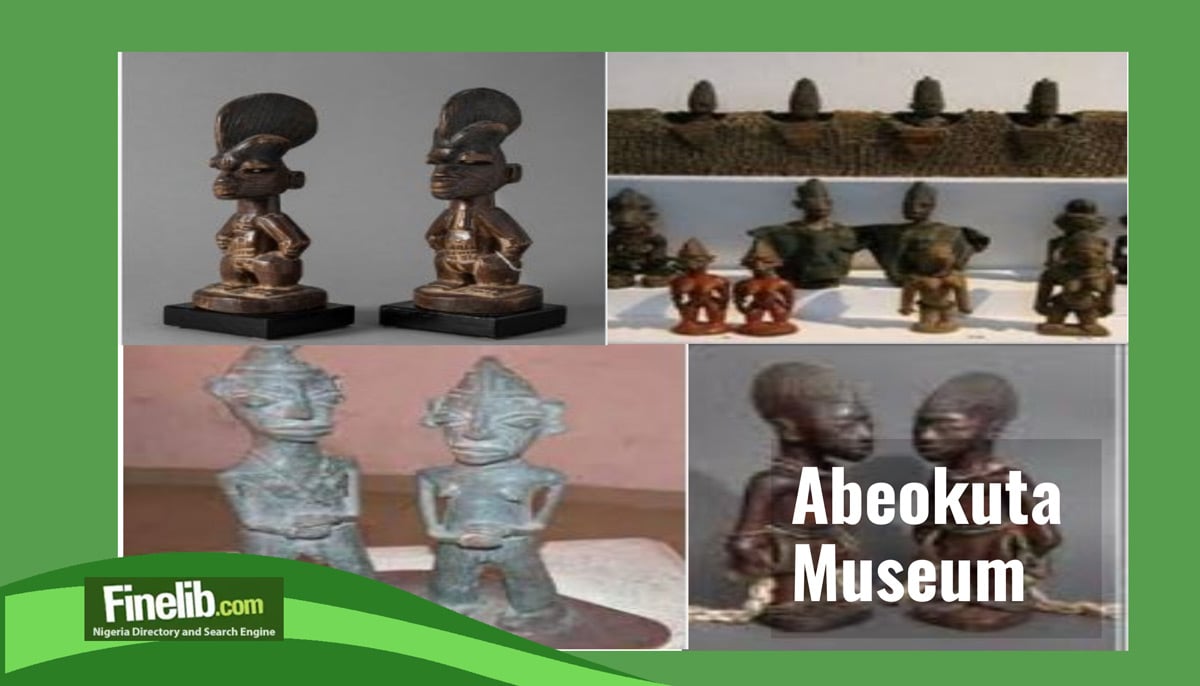Exploring the Badagry Slave Route: Unearthing a Dark History

The Badagry Slave Route in Nigeria is a haunting reminder of the transatlantic slave trade that plagued the region for over four centuries. Once a bustling hub for slave traders, Badagry now attracts tourists seeking to understand and remember the painful history of human exploitation.
This article will delve into the depths of this historical route, exploring its significant landmarks and shedding light on the inhumane practices. Join us as we journey through time, uncovering the secrets of the Badagry Slave Route.
Mobee Family House & Slave Relics Museum
One crucial stop along the Badagry Slave Route is the Mobee Family House & Slave Relics Museum. The museum in Mobee Street exhibits antiquities from when individuals were working as enslaved people and forcibly taken to different nations. In the 1800s, West Africa's coast was a thriving ground for slavers, with local rulers collaborating with foreign traders.
Chief Sunbu Mobee, the white cap chief, infamously traded his people with the Portuguese in exchange for valuables. However, his son ascended to power and abolished the slave trade in 1886. Today, visitors can witness the remnants of this dark chapter in history, including tools used to capture and hold captives.
Gberefu Island: The Dreaded Path
During the transatlantic slave trade, Gberefu Island held great significance in the historical context of Badagry. The foundation of this island dates back to the 15th century, and it gained a reputation as an eerie pathway referred to as the "Point of No Return."
Chief Sunbu Mobee and his warriors captured countless island inhabitants, subjecting them to an uncertain fate as they enslaved them.
Spirit Attenuation Well: Breaking the Bonds
Spirituality played a significant role in the slave trade, particularly in Badagry. Along the path on Gberefu Island, a well surrounded by a small wall is a testament to this spiritual connection. Shamans and chiefs charmed this well during the slave trade, providing water to the enslaved people to sever their psychological ties to Badagry and their homes.
The water takes effect three months into the journey, leaving the enslaved people disconnected from their past lives. Locals claim that the well has remained untouched for over a century, as no one has dared to drink from its solemn depths.
The Ocean Path: A Treacherous Journey
The enslaved people's journey from capture to the Point of No Return had unimaginable horrors. Shackled and chained, they led these men, women, and children from Gberefu to the Spirit Well.
However, it was on the final phase, the path to the ocean, where their dire reality truly set in. Amidst the presence of plants and palm trees, the enslaved people were to march in a single-file formation on dusty roads while accompanied by the damp Atlantic wind. The distant sight of their homes was a painful reminder while the unknown future as enslaved people lay ahead.
The Point of No Return: Confronting a Bleak Future
The Point of No Return, located on the shores of the Atlantic, was the final destination for enslaved Africans. They faced their future as enslaved people, forever torn from their homes and loved ones. The name itself signifies the grim reality that anyone who reached this point had no chance of returning.
It was here, on the edge of a place they once called home, that enslaved people would witness the brutal price paid for the color of their skin. The Point of No Return is a poignant reminder of the atrocities committed during the transatlantic slave trade.
Williams Abass Slave Museum: A Glimpse into Darkness
A visit to the Seriki Faremi Williams Abass Slave Museum, also known as the Brazilian Barracoon, offers a profound insight into the horrors of the slave trade.
Each room, measuring three meters by three meters, held up to forty men, women, and children, who endured unimaginable suffering as they awaited their fate in the hands of European buyers.
Today, the museum showcases instruments of control, such as chains and manacles, offering a chilling glimpse into the inhumane treatment endured by the captives.
The Dark History of the Badagry Slave Trade
The slave trade in Badagry was not solely driven by European traders but also involved significant collaboration with local Africans. Slavery was deep in the culture long before the arrival of Europeans in the 1400s, and they took their captives after wars or as punishment for crimes.
The increasing demand from European traders fueled the continuation of slave capture and trade, which persisted until the late 1800s. Badagry became a thriving slave auction center, where enslaved individuals were bartered for weapons, alcohol, and other European goods, perpetuating the cycle of exploitation.
Immersing in Badagry's History
A visit to Badagry offers more than just a glimpse into the dark history of the slave trade. The town itself is a treasure trove of historical landmarks and cultural heritage. Alongside the slave museums, tourists can explore the rich tapestry of Badagry's past, from colonial-era buildings to traditional markets. Engaging with the local community provides a deeper understanding of the resilience and spirit that emerged from the shadows of the slave trade.
Making the Journey: Practical Information
To embark on a journey through the Badagry Slave Route, visitors can start by arranging a guided tour. Local guides, such as Simon Stone Eyanam, a reggae musician, can provide invaluable insights and context to the experience.
The term typically includes visits to the Mobee Family House & Slave Relics Museum, Gberefu Island, the Spirit Attenuation Well, and the Williams Abass Slave Museum. Travelers should plan for a boat ride to Gberefu Island, just a few minutes from the Badagry Marina.
How to Get There
Here's how to get to the Badagry Slave Route in Nigeria:
1. By Road: The easiest and most popular way to get to the Badagry Slave Route is by road. You can take a bus or taxi from Lagos Island or other parts of Lagos to Badagry town. Depending on the traffic flow, the trip can take between 1 and 2 hours.
2. By Water: Another way to get to the Badagry Slave Route is by taking a boat ride from Lagos Island to Badagry town. It is a popular option for tourists who want to enjoy the scenic views of the Lagos Lagoon.
3. Tour Operators: Several tour operators in Lagos offer guided tours of the Badagry Slave Route. These tours include transportation, a guide, and visits to all the important landmarks along the route.
Once you get to Badagry town, you can explore the landmarks on foot or by car. Some famous landmarks include the Slave Port, the Agia Tree Monument, and the Brazilian Barracoon. The Point of No Return is another famous landmark that marks wed where they loaded enslaved people onto ships and transported them to the Americas.
Conclusion: Honoring the Past, Embracing the Future
The Badagry Slave Route stands as a testament to the resilience of humanity and a reminder of the atrocities committed in the name of greed and power.
Exploring this route offers an opportunity to reflect on the past, honor the memory of those who suffered, and strive for a future free from oppression and discrimination. As we walk in the footsteps of those who came before us, let us learn from history's mistakes and work towards a world where freedom and equality prevail.
In conclusion, the Badagry Slave Route is a poignant reminder of the darkest chapters in human history. Through education, remembrance, and cultural exchange, we can ensure that we will not forget the voices of the victims.
Let us continue to shed light on this painful past, fostering understanding and compassion and paving the way for a better future.




